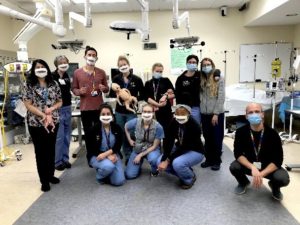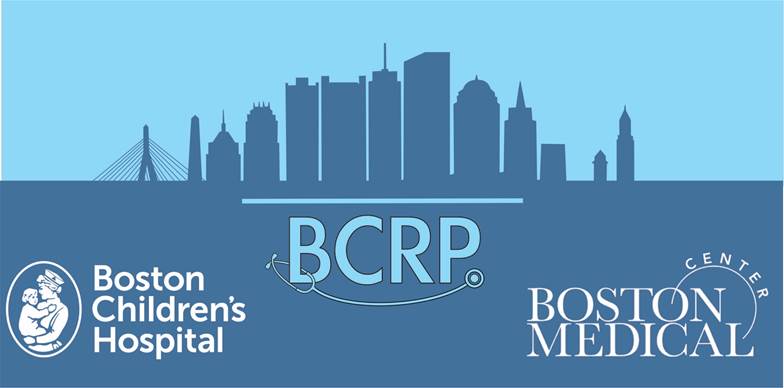Simulation

Boston Children’s Hospital and Boston Medical Center have invested in state-of-the-art, high-fidelity simulation programs to optimize learning in the acute care setting.
The Children’s Simulation Suite can faithfully reproduce a variety of hospital room, intensive care, emergency room, operating room, and other spaces. The suite was featured in a recent television report. The physician team that leads the simulation program has partnered with a Hollywood special effects studio to create exceptionally realistic simulations. The suite also contains a video control room to record the simulation sessions and conference rooms with linked closed circuit cameras for video-based debriefing and teaching sessions. An example of training in the suite is shown here. The PL-2 year ICU rotation features weekly mock codes led by the residents with video debriefings. In addition, there are frequent procedure sessions led by the ICU fellows to practice procedures such as intubation, central line placement, and chest tube placement.
At BMC, simulation sessions are housed in a similar, state-of-the-art, high-fidelity sim center, or occur in-vivo in the Emergency Department to allow for even higher “real-feel” experience and familiarize residents with the exact location of vital items and tools during code situations. These sessions are often interdisciplinary, and offer residents a chance to work on communication skills while building trust and strong relationships with nursing and pharmacy colleagues.
Given the importance and complexity of running a code well, the practice of mock codes is not restricted to ICU rotations. They are scheduled throughout the intern, junior and senior years. The focus is on increasing skill level over time, knowing how and when to call for help and importantly, the basics of good communication in running a successful code.



